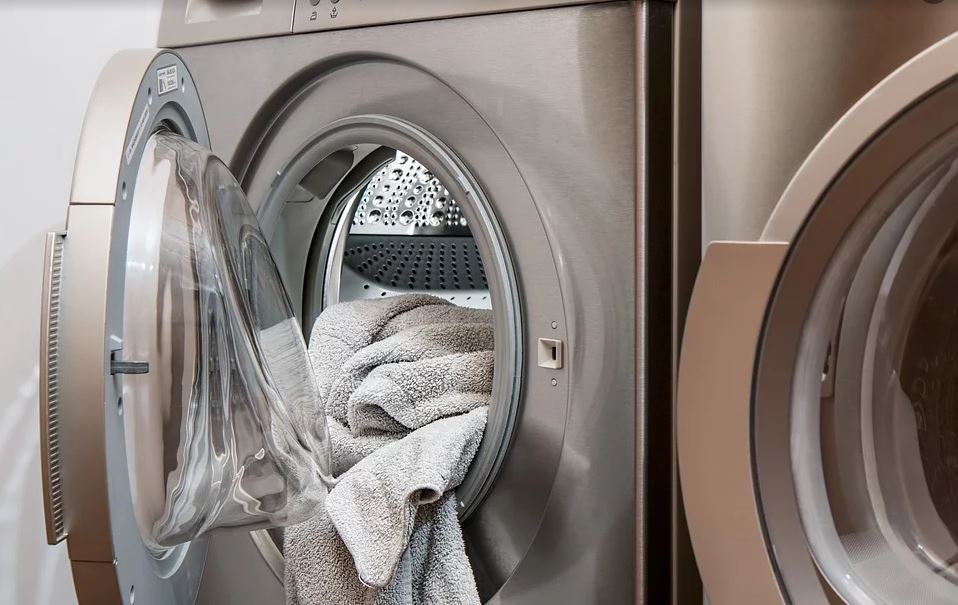
If you were asked to list the most hazardous appliances in your house, your clothes dryer might not be the first thing that comes to mind. According to the U.S. Fire Administration (USFA), dryers are actually one of the top causes of house fires in the United States. The USFA reports 2,900 fires a year that originate in clothes dryers (causing an estimated $35 million in property damage), primarily caused by dryer lint traps and vents. For daily use, the dryer lint fire hazard is easily managed by cleaning the lint trap every time you use your dryer. Having your dryer ductwork cleaned regularly (at least once a year) by a professional is also key to protecting your family and home.
Lint is small cloth and fiber particles that separate from your clothes in the washing machine. In the dryer, they get sucked into the lint filter and dried by the flow of hot air. These fine, dry fibers are incredibly combustible and can build up to block airflow, causing overheating and leading to spontaneous fires.
What are the Signs of Dryer Lint Buildup?
There are several signs of a lint buildup in your dryer:
- Clothes are not fully dry at the end of a cycle, or require longer cycles to dry
- The dryer is very hot to the touch
- The laundry room is more humid than usual
- There is a “hot” or burnt smell when the dryer is running
- The exhaust vent has little or no air coming out
Can I Clean the Dryer Ductwork on My Own?
Cleaning the lint filters after every dryer cycle is easy to do at home. However, a professional should be hired for the more intensive ductwork maintenance to decrease dryer lint fire hazard.
For example, a professional may recommend and carry out changing the style of your ducts. Lint can easily accumulate in the popular plastic or foil “accordion”-style ducts. These should be replaced with a smooth metal duct, instead.
A professional is also able to clean the more challenging parts of your dryer, including vacuuming or brushing the lint filter housing; disconnecting, cleaning, and reassembling the ductwork; and cleaning the exhaust vent. All of these steps require specialized equipment and require delicate, expert treatment.
Overall, we recommend a combination of DIY and professional approaches to maintaining dryer duct work. You handle the day-to-day filter cleanings, and we will take care of the most difficult maintenance!


